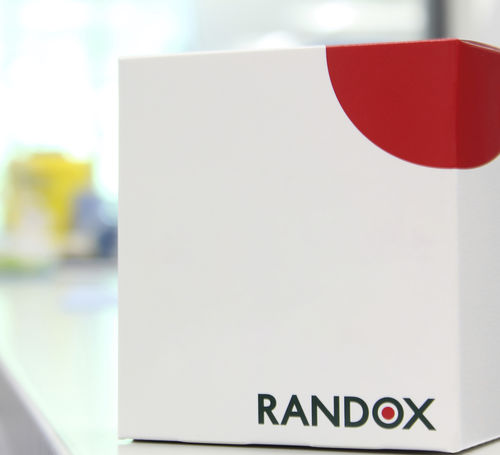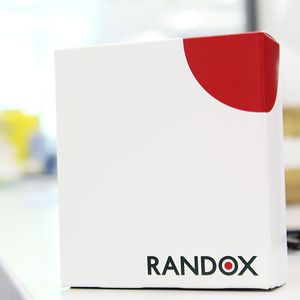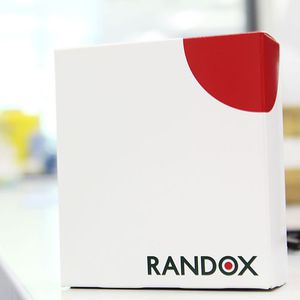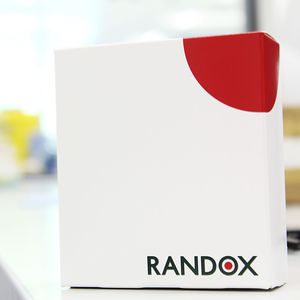
- Laboratory
- Laboratory medicine
- Enzyme reagent
- Randox Laboratories
- Products
- Catalogs
- News & Trends
- Exhibitions
Enzyme reagent BI seriesfor clinical chemistryliquidvitamin
Add to favorites
Compare this product
Characteristics
- Type
- enzyme
- Applications
- for clinical chemistry
- Format
- liquid
- Tested parameter
- vitamin, genetic, lead
- Storage temperature
Min.: 2 °C
(36 °F)Max.: 8 °C
(46 °F)
Description
The Randox Bile Acids method is linear up to a concentration of 150 µmol/l
Exceptional correlation with standard methods
The Randox methodology was compared against other commercially available methods and the Randox Bile Acids assay showed a correlation coefficient of 0.99
Flexibility
Liquid and lyophilised reagents available for greater customer choice
Analyser protocols
Protocols are available for a range of analysers
Liver Function
Measuring total bile acid (TBA) levels may prove useful for the detection of liver diseases such as viral hepatitis, mild liver injury through drug use and for further evaluation of patients with chronic hepatitis who were previously treated successfully. TBA levels may rise up to 100 times the normal concentration in patients with liver disease due to impairment of hepatic synthesis and extraction of bile acids. Measurement of TBA in serum can be used in the diagnosis and prognosis of liver diseases and may detect some forms of liver disease earlier than standard liver markers due to the correlation of TBA with liver function, rather than liver damage.
Bile Acid Deficiency
TBA deficiency is caused by a genetic error in one of the 17 enzymes that produce bile acids. Deficiency can lead to liver failure and even death in infants, therefore early detection is vital. People with TBA deficiency may exhibit symptoms, including:
• Vitamin deficiencies, specifically of fat-soluble vitamins such as A, D, E, and K
• Jaundice
• Stunted or abnormal growth
• Diarrhoea
• Loss of liver function
• Liver failure
Catalogs
No catalogs are available for this product.
See all of Randox Laboratories‘s catalogsRelated Searches
- Randox test kit
- Randox solution reagent
- Blood assay kit
- Randox molecular biology reagent
- Randox research reagent
- Randox diagnostic reagent
- Randox protein reagent
- Randox laboratory reagent
- Immunoassay rapid diagnostic test
- Randox enzyme reagent
- Molecular test kit
- Cassette rapid diagnostic test
- Whole blood detection kit
- Respiratory infection test kit
- Randox rapid virus test
- Randox histology reagent
- Randox biochemistry reagent
- Randox rapid infectious disease test
- Randox immunoanalysis reagent
- Cassette assay kit
*Prices are pre-tax. They exclude delivery charges and customs duties and do not include additional charges for installation or activation options. Prices are indicative only and may vary by country, with changes to the cost of raw materials and exchange rates.
























































































